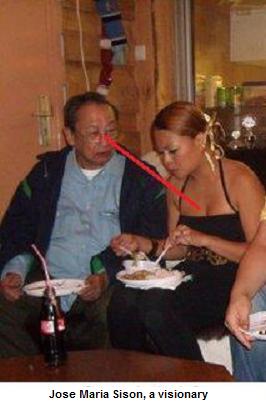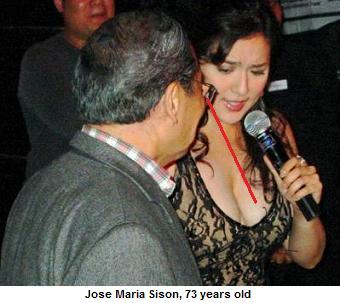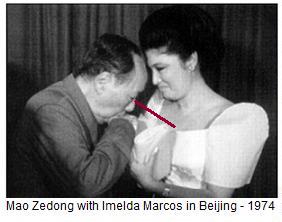Internet, Social Media Upcoming Tools in Civil Unrest
Joey Natividad | 31.05.2012 13:00 | Analysis | Free Spaces | Social Struggles | World




Sison, in his lecture – a copy sent by email, said that in the last 18 months several mass movements and protests actions in Africa, Middle East, Europe, and the United States were successfully launched by the use of internet and the social media for communication.
He cited mass uprisings in Tunisia on December 17, 2010, Egypt, Libya, and Yemen, and protest actions that had broken out in major proportions in Bahrain and Syria, and mass actions that bursted out in Algeria, Iraq, Jordan, Kuwait, Morocco and elsewhere, were given credit to the high-tech communication gadgets in the hands of the youth and the internet social networks for the agitation and mobilization of the people. The media had called these uprisings as the Arab Spring.
He also cited protest actions in Portugal on March 12, 2011 and the series of demonstrations in Spain, from May to October, 2011, were achieved by protesters called Indignados by communicating through the internet social media and the website of the Democracia Real Ya.
He cited in his lecture the Indignant Citizens Movement in Greece for their series of demonstrations in May until July 2011.
Sison said: “The use of high technology by the monopoly bourgeoisie and the financial oligarchy has brought about terrible suffering to the people. But this also drives the people to wage mass resistance. And they can make use of some of this technology, especially in the field of communications, in order to aid and accelerate their own mass movement against their exploiters and oppressors.”
“They have now in their hands the means of communication that can broadcast revolutionary ideas and information in a matter of seconds to the whole world, and that can facilitate the mobilization of people for political action,” said Sison.
On the Occupy Wall Street movement in the United States, Sison recognized the role of internet communication in protests actions.
“The initiators launched the Occupy Wall Street movement in the US in September 2011. They were imaginative at choosing the Zucotti Park to put up their tents and raise the issues against the financial oligarchy and against the growing disparity of incomes between the overwhelming majority of the people and the tiny elite. They proclaimed that they stood for the 99 percent against the 1 percent of the population who use the banks and corporations to exploit the people and accumulate wealth and power. As in the “Arab Spring” and in the case of the Indignados, they availed of the high tech gadgets and the social networks to broadcast their cause and communicate with each other,” Sison said in his lecture.
“Because they made good propaganda, hitting the mark against the most exploitative and aggressive tip of the US social pyramid, the progressive forces of the youth, the workers, and various sections of the population supported the Occupy Wall Street movement and joined in spreading the Occupy movement to hundreds of US cities. They did not pay much attention to the prating of the anarchists about leaderless movements and nonviolent resistance. The important thing to them was that urgent social issues were being taken up against the US ruling system, and that the methods of occupying public places and setting up tents were good tactics,” he said in the lecture.
Joey Natividad